The views expressed in our content reflect individual perspectives and do not represent the authoritative views of the Baha'i Faith.
“You mean trees die?” I asked my mom when I was five. How could something that big, that majestic, cease to grow? “Sure,” she answered. “Everything that lives has to die, sooner or later.”
But trees? I had a hard time imagining it.
You can probably tell, from this exchange alone, that I’ve always, since childhood, loved trees — any tree, all trees. I love them physically, and I love them symbolically, because they stand for the greatest human qualities. As Baha’u’llah wrote: “Regard thou faith as a tree. Its fruits, leaves, boughs and branches are, and have ever been, trustworthiness, truthfulness, uprightness and forbearance.”
RELATED: The Spiritual Meaning and Significance of Trees
As a kid I played in the shade of a thousand sheltering trees. I hiked through great green forests of trees. I made forts and treehouses in their roots and branches. I climbed the tallest ones, risking life on their limbs, just for the special ecstasy of ascending high and seeing far — and to feel what it’s like to be a tree reaching for the sky.
A Peak Experience at the Top of a Tall Tree
One day in a park in Portland, Oregon I climbed the biggest conifer I could find. I was maybe eight or nine then, fearless in the way foolhardy, innocent boys can be. As I ascended, I could see farther than ever before, the city spread out before me, blue sky above but dark clouds on the horizon. I kept climbing, for at least an hour. Near the top, probably a hundred feet or more above the ground, I clung to a once-stout trunk that had now tapered down to a thin bendy cylinder, smaller around than my skinny kid torso. Then I felt the first gust of an approaching storm. The sky darkened. The wind came up, fast. It started to rain. The tree swayed, and so did I.
Soon my tree began to thrash, swaying harder and harder, threatening to pitch me off. The wind howled. The rain came down in sheets. Drenched, I couldn’t move, petrified that I would slip and fall to my doom. That treetop violently whipped me back and forth, flexing far out over its lower branches, my body horizontal to the ground, my eyes wide with terror. I hugged the top of that tree harder than I’d ever hugged anything or anyone, hanging on for all I was worth, swinging back and forth as the tree bent wildly in the gale.
But I made it, as you can tell. I hung on. Eventually the storm passed and the wind died down and I slowly descended, thankful to be alive.
When I reached the ground a sense of great elation rose up in me. I had survived. The tree had not broken or sent me flying into the air. What a ride!, I thought, forgetting the mortal danger I’d just experienced, and silently thanking the tree for its strength, its flexibility, its trustworthiness.
My Autopsy of a Dead Oak Tree
Last week a medium-sized old oak tree on my property died, which meant that I had to cut it down and chop it up, which reminded me of my childhood adventure high in the wind-whipped crown of that conifer.
As I used saws and clippers to topple and take apart the dead oak, I studied its skeleton, its trunk, its branches and its limbs, trying to treat the task as a meditative exercise. I wanted to know more about how the tree grew and what its growth, its “treeness,” might mean in a larger metaphorical sense, and from a human perspective.
Trees, of course, serve as metaphors for many things. Cirlot’s Dictionary of Symbols says:
In its most general sense, the symbolism of the tree denotes the life of the cosmos: its consistence, growth, proliferation, generative and regenerative processes. It stands for inexhaustible life, and is therefore equivalent to a symbol of immortality. … the concept of ‘life without death’ stands, ontologically speaking, for ‘absolute reality’ and, consequently, the tree becomes a symbol of this absolute reality, that is, of the centre of the world. … The tree, with its roots underground and its branches rising to the sky, symbolizes an upward trend … as the path leading to the other world.
RELATED: The Baha’i Faith: A Tree Grew, and Who Knew?
Perhaps that explains one of the reasons why the Baha’i teachings utilize the symbol of the tree so often. In a speech he gave in Paris, Abdu’l-Baha said:
Humanity may be likened to a tree. This tree has branches, leaves, buds and fruit. Think of all men as being flowers, leaves or buds of this tree, and try to help each and all to realize and enjoy God’s blessings. God neglects none: He loves all.
The Baha’i revelation holds that trees, the noblest of plants, can even symbolize human beings, the noblest of creatures. Baha’u’llah revealed this passage:
Man is like unto a tree. If he be adorned with fruit, he hath been and will ever be worthy of praise and commendation. Otherwise a fruitless tree is but fit for fire. The fruits of the human tree are exquisite, highly desired and dearly cherished. Among them are upright character, virtuous deeds and a goodly utterance. The springtime for earthly trees occurreth once every year, while the one for human trees appeareth in the Days of God — exalted be His glory. Were the trees of men’s lives to be adorned in this divine Springtime with the fruits that have been mentioned, the effulgence of the light of Justice would, of a certainty, illumine all the dwellers of the earth and everyone would abide in tranquility and contentment beneath the sheltering shadow of Him Who is the Object of all mankind. The Water for these trees is the living water of the sacred Words uttered by the Beloved of the world.
Are you watering your tree?


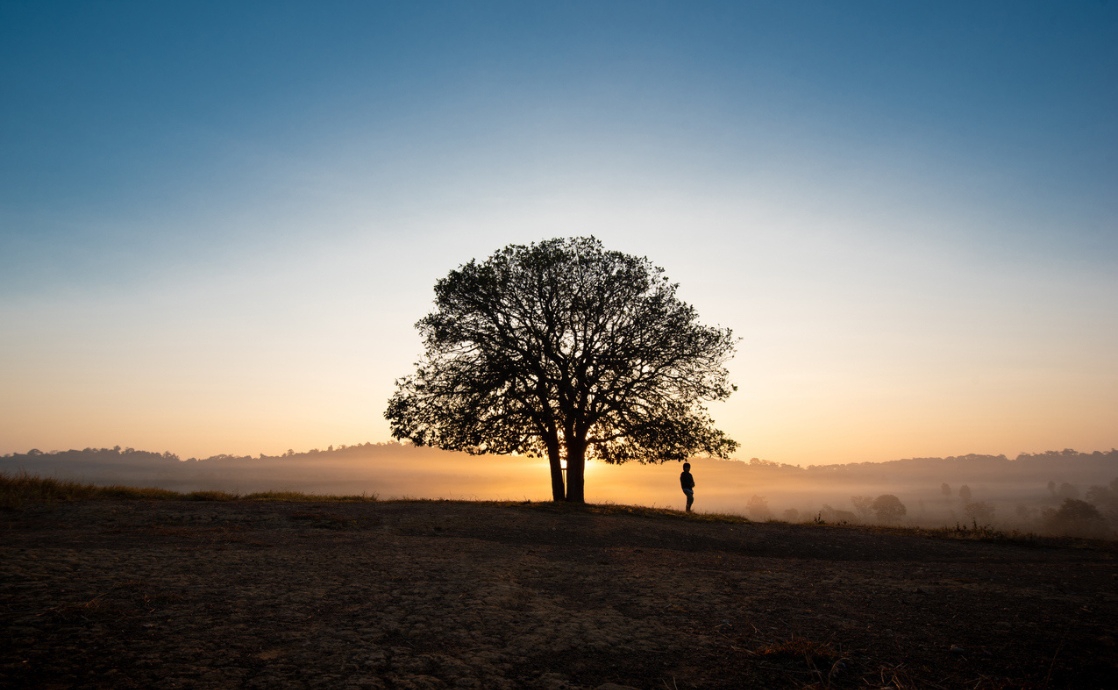





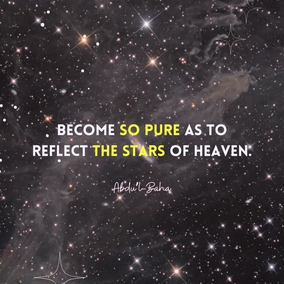

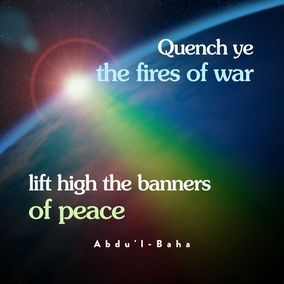
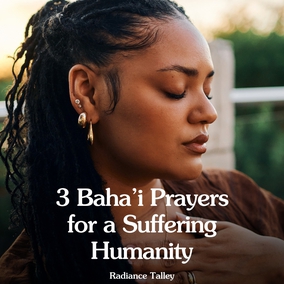

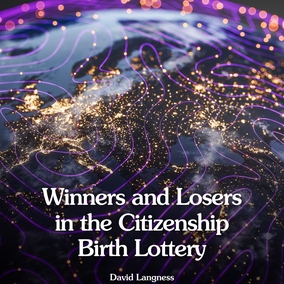
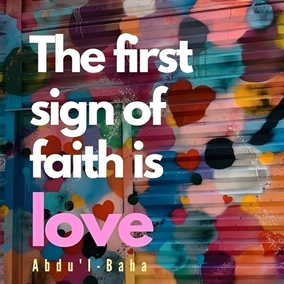

Comments
Sign in or create an account
Continue with Googleor